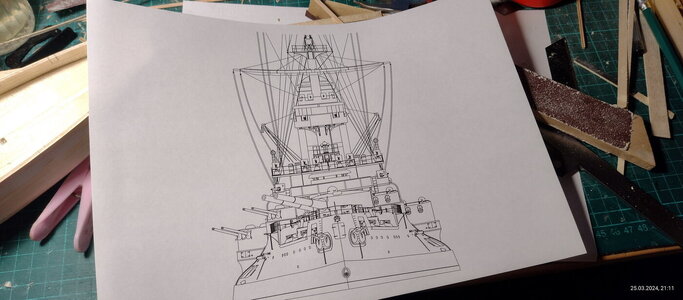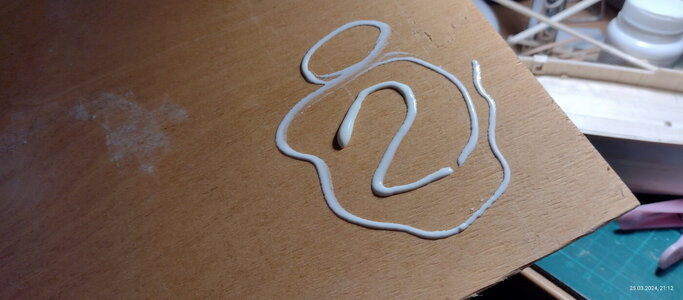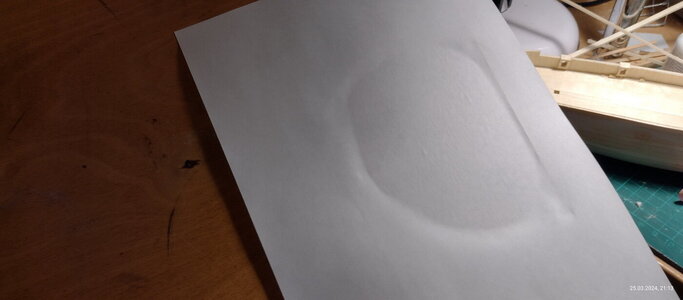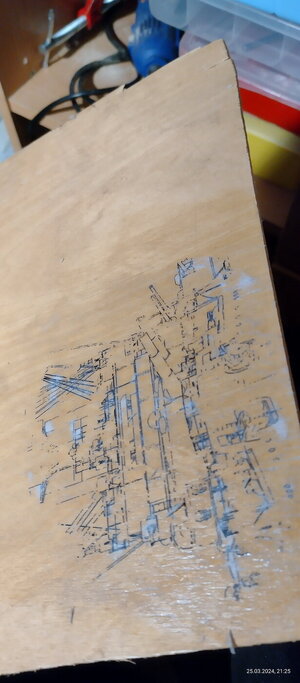Ho letto, da qualche parte, che si può trasferire i disegni da un foglio stampato con stampante laser , direttamente sul compensato.
Pare che si possa fare sia appoggiando il foglio sul compensato e passando un ferro da stiro, sia passando sul foglio del solvente .
Avete notizie su questo sistema?
I read somewhere that you can transfer drawings from a sheet printed with a laser printer directly onto plywood.
It seems that it can be done either by placing the sheet on the plywood and passing it with an iron, or by passing solvent on the sheet.
Do you have any news on this system?
Pare che si possa fare sia appoggiando il foglio sul compensato e passando un ferro da stiro, sia passando sul foglio del solvente .
Avete notizie su questo sistema?
I read somewhere that you can transfer drawings from a sheet printed with a laser printer directly onto plywood.
It seems that it can be done either by placing the sheet on the plywood and passing it with an iron, or by passing solvent on the sheet.
Do you have any news on this system?







